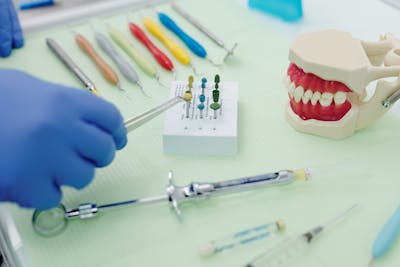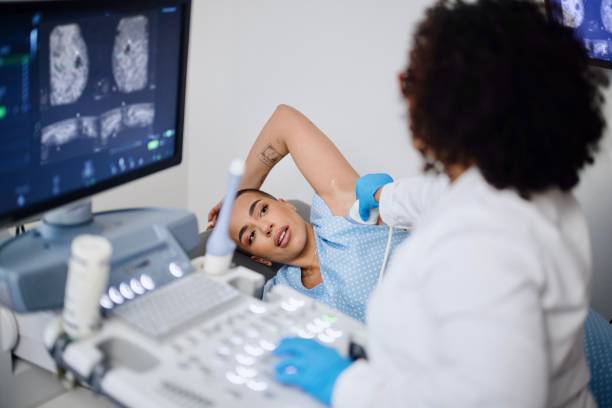Revise the recollections
Everybody realizes that memory is whimsical and manipulable, yet this year, science has gone much further by a group driven by specialist Susumu Tonegawa, Massachusetts Institute of Technology (USA), he has figured out how to revamp the recollections of a few mice, changing their injury lovely recollections by optogenetics. This progressive procedure acquaints qualities delicate with light in gatherings of neurons that store recollections and can turn on and off freely cerebrum cells by laser light green growth.
The letters in order of life win two manufactured letters
The letters in order of life, DNA is moderately exhausting. Books from tiny trained in every one of the cells of every single living thing are composed of the same four letters: G, C, T, and An, initials of the four natural aggravates that make up DNA. In any case, this year the letter set of life has been enlivened in a lab of Scripps Research Institute (USA), where a gathering of researchers has made two new counterfeit letters, named X and Y, and was embedded into the DNA of a living animal, a bacterium, Escherichia coli. The capacity to add new verses to DNA opens the way to making manufactured microscopic organisms equipped for orchestrating medications or creation of fills, among different applications, some incredible today.
Youthful blood restores?
Blood or a blood part, a youthful mouse can restore the muscles and cerebrum of more established mice, as indicated by two studies Therapy Center Stem and Regenerative Medicine at Harvard (USA) Cells, driven by specialist Douglas Melton. The work, distributed in May, found that a protein disconnected from the blood of youthful mice, GDF11, enhanced the smell and different abilities of old rodents in the wake of being infused into their circulatory system. Stanford University (USA) tests now if this technique additionally works in people, by testing 18 patients with Alzheimer’s who are accepting blood plasma of youthful givers.
Undeveloped cells to cure diabetes
For the current year there have been two major steps towards treating diabetes, a perpetual sickness that causes a man can not direct the measure of sugar in his blood. The turmoil is created by the absence of insulin, a hormone delivered by the beta cells of the pancreas that moves glucose ingested in sustenance from the blood to the muscles, fat, and liver. Without insulin, the procedure descuajeringa. In April, scientists from the Stem Cell Foundation of New York could create insulin-delivering cells from the skin cells of a 32-year-old lady with sort 1 diabetes because of a strategy known as remedial cloning. In October, another group driven by Douglas Melton of Harvard University, figured out how to transform human embryonic foundational microorganisms into insulin-delivering cells.
Chips that copy the human mind
In August, the US multinational IBM presented its TrueNorth chip, a gadget the extent of a mark that tries to mirror the working of a human cerebrum, with its system of 86,000 billion neurons and trillions of associations between them. For the time being, the chip misses the mark regarding the abilities of the kilo and a half of the dark matter of every individual. Contains just 256 million associations among transistors, however, diary Science trusts that the future will be founded on this innovation PCs that can perform errands with a great deal of information, for example, picture examination, more successfully than current machines.
A mammoth ice infection restored
As consistently, investigative writing has kept on confirming the environmental change and forecasts about the outcomes. Also, if the vast majority of these are alarming, it has now been intensified by the likelihood that the vanishing of permafrost discharges possibly pathogenic microorganisms that have been protected in the frigid soil new. In March, a group of researchers protected from Siberian permafrost up to this point obscure infection and has turned out to be the biggest ever discovered, more than one-thousandth of a millimeter, a genuine mammoth for its class. Following 30,000 years under the ice, pithovirus sibericum sprung up contaminating single adaptable cells, their characteristic hosts. It was only noticed because the infection is not risky to people. Be that as it may, others may be.
sperm and eggs from foundational microorganisms.
Researchers days of Cambridge University and the Weizmann Institute They made just made the main primordial germ cells (PGC), cells that can form into eggs and sperm utilizing human embryonic undifferentiated cells, by recognizing the SOX17 quality, quality as recently it was realized that partook in the programming of immature microorganisms to transform into endoderm cells, which are then changed into cells of the lung, digestive system and pancreas, however, this is the first occasion when that has been their part in PGC particular stage. A noteworthy leap forward that will propel comprehension of sicknesses connected with maturing, epigenetic transformations, and separation at the atomic level.



